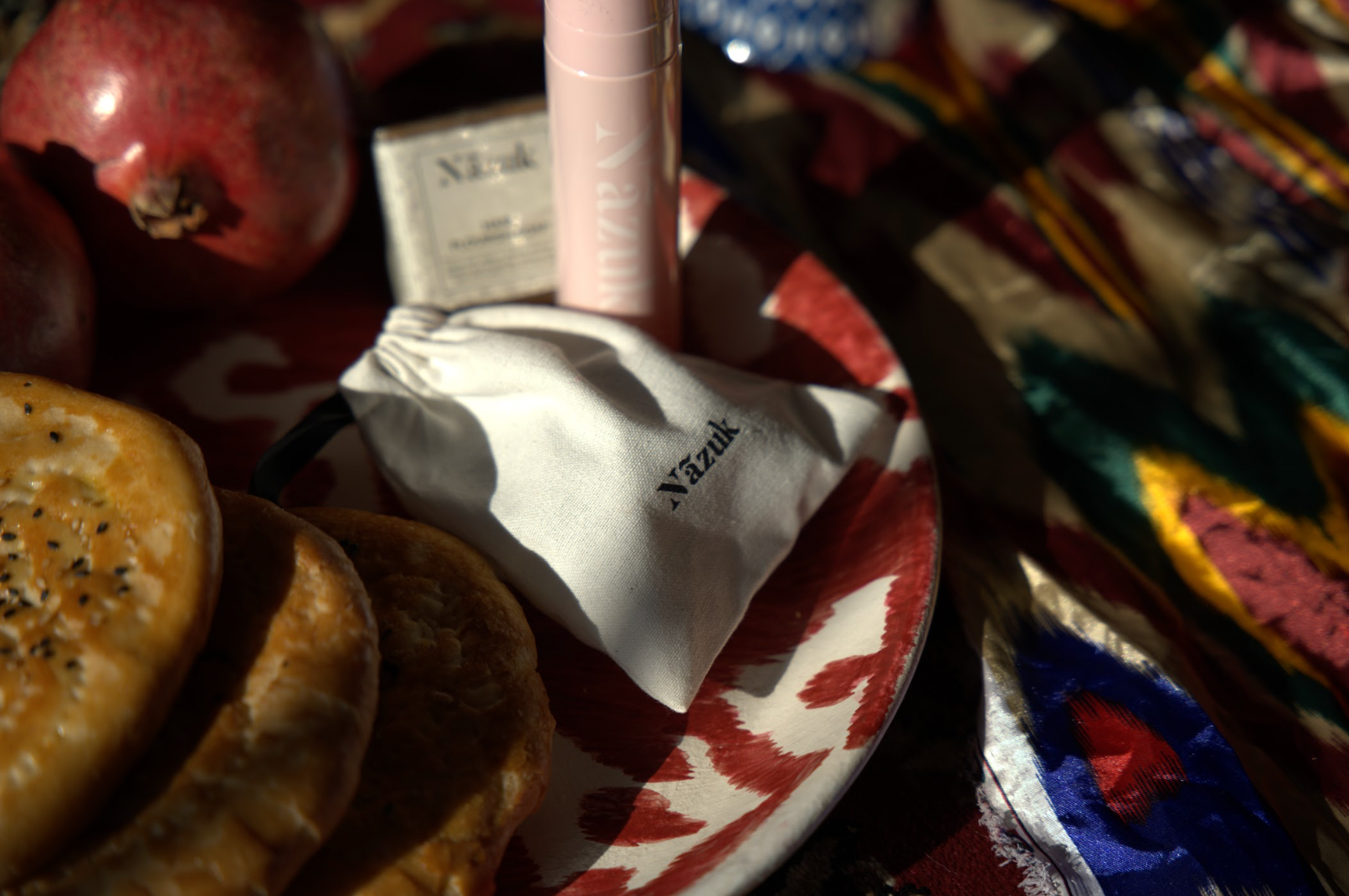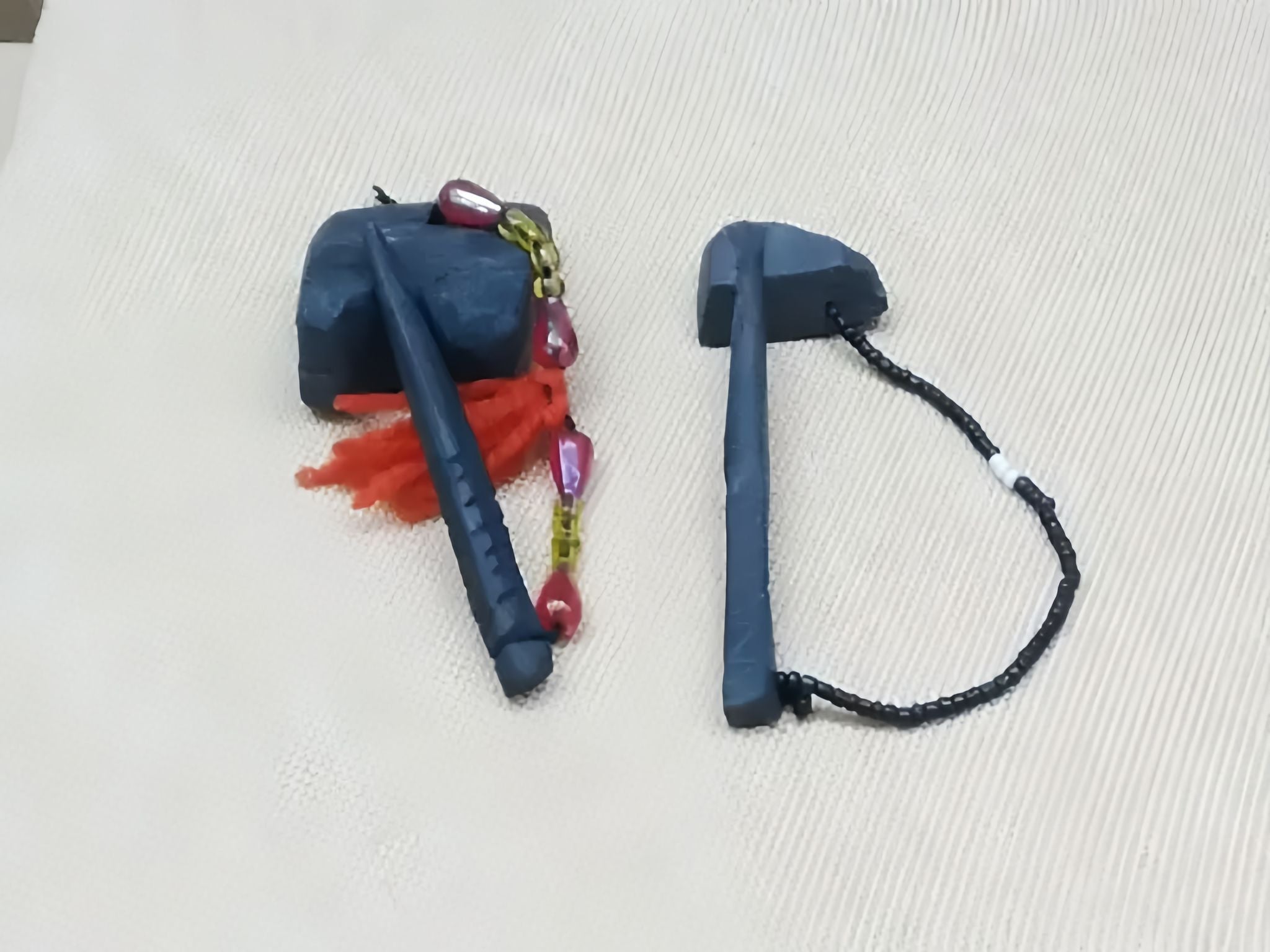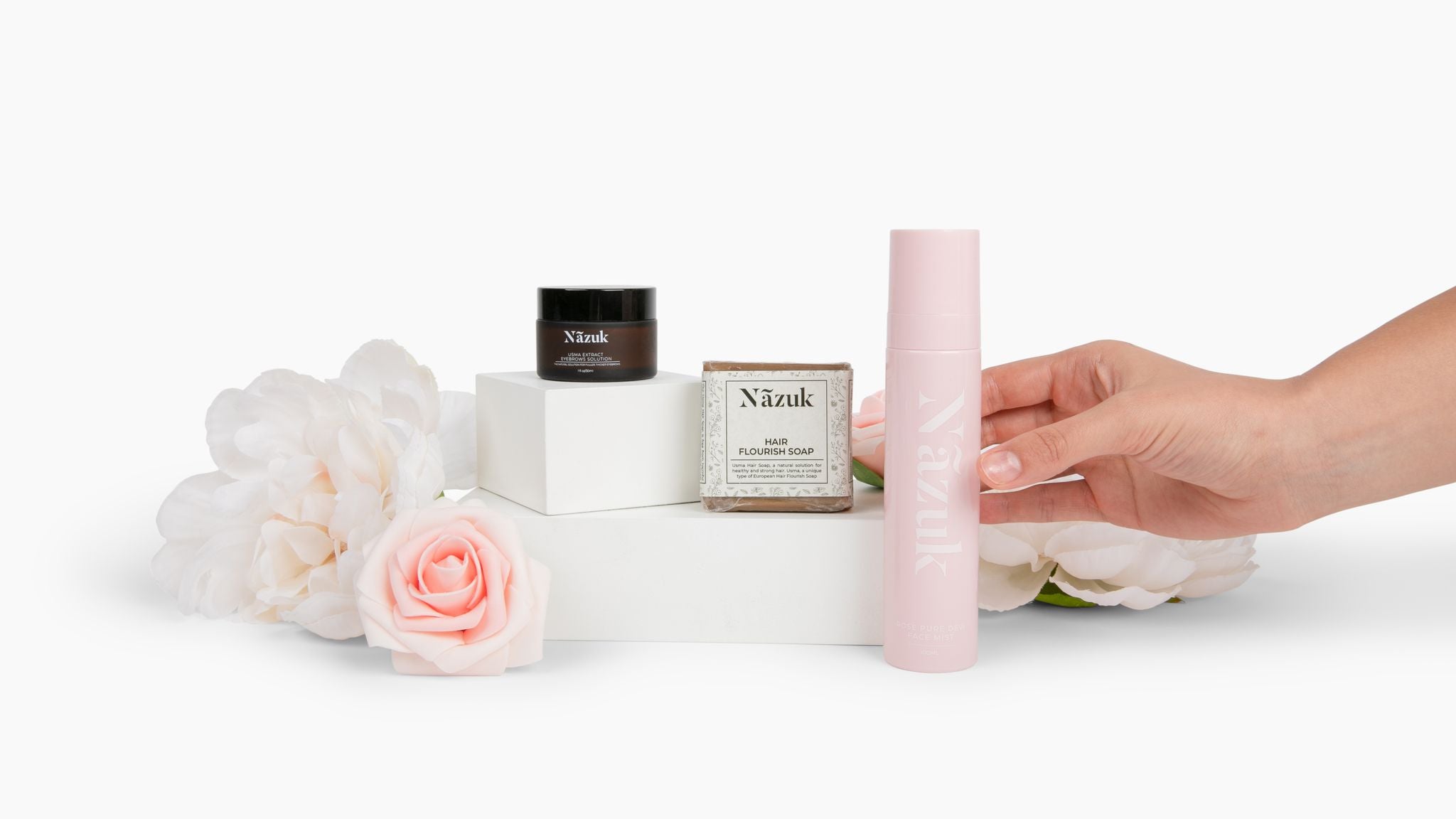About Us
Learn More About Usma Grass - Hair Growth Secret

Usma Grass: Etymology
Usma grass, also known as "Usma Brow Grass" in Uyghur, belongs to the cruciferous plant family. It's often referred to as "the nourishment for hair." Rich in active ingredients like saponins and glucosinolates,
This unique grass, a variant of European woad, is a biennial cruciferous herb with deep green leaves resembling willow leaves. Modern scientific studies have found that Usma grass contains compounds like saponins and glucosinolates, which, when applied over time, can promote eyebrow and hair growth. However, it's important to note that when transplanted to other regions, its effectiveness in promoting eyebrow growth may decrease.
Interestingly, the use of Usma grass extends beyond the Uyghur community. As a prominent part of the Silk Road, various regions in Central Asia, such as Tajikistan and Uzbekistan, have also historically utilized Usma grass for its beneficial properties. This plant holds a significant cultural and historical relevance in these areas.
* Article from Chinese wiki page
Usma Grass: A Beauty Tradition of the Uyghur People
History
Usma grass is incredibly selective about its habitat and can only thrive in specific geographic and climatic conditions found in Xinjiang, China. The plant is deeply intertwined with the beauty traditions of the diligent and wise Uyghur people. They've known natural beauty secrets for centuries, such as using henna for nail coloring, yogurt for skin whitening, and Usma grass for eyebrow enhancement.
For the Uyghur community, a special tradition is followed. Seven days after a baby girl is born, her mother applies Usma grass juice to her eyebrows, often joining the eyebrows at the center intentionally. This symbolizes a mother's hope that her daughter will remain close and harmonious as she grows up.
Today's Culture
From April onwards each year, Usma grass becomes available in the market. Uyghur girls gather and apply Usma grass juice to their eyebrows, meticulously pressing and squeezing the grass to extract its juice. They use small cotton swabs to apply the juice to their eyebrows, repeating the process multiple times. After about thirty minutes, once the color and nutrients from Usma grass juice are fully absorbed, they wash away any residue.

This picture was taken at the Kashgar Museum, showcasing the traditional tools used by the Uyghur people with Usma grass. It also provides a side view of the extensive history of usma grass usage.
Usma Grass in History: Insights from Kashgar Museum
Usma grass has been cultivated by Uyghur people for generations. They use its leaf juice to stimulate eyebrow growth, a tradition passed down through the ages.
This picture was taken at the Kashgar Museum, showcasing the traditional tools used by the Uyghur people with usma grass. It also provides a side view of the extensive history of usma grass usage.
Interestingly, the use of Usma grass extends beyond the Uyghur community. As a prominent part of the Silk Road, various regions in Central Asia, such as Tajikistan and Uzbekistan, have also historically utilized Usma grass for its beneficial properties. This plant holds a significant cultural and historical relevance in these areas.
Usma COLLECTION
Usma Grass Products Helps With you Hair growth Goal
The Natural solution for hair Loss


